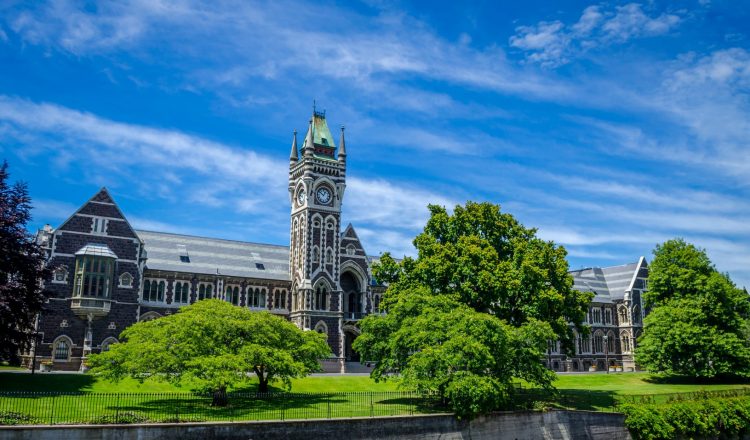留学后工作签证
如果你有可接受的资格,你可以在完成学习后申请在新西兰工作的签证,最长可以在 3 年内申请签证。
学习后工作签证持续 1 年、2 年或 3 年,具体取决于您的资格水平和学习地点。从 2018 年 11 月底起,它取代了以前的两个签证:
- 留学后工作签证(开放)
- 学后工作签证(雇主协助)。
留
在学习后工作签证上你能做些什么
学习后工作签证可让您为任何雇主和几乎任何工作中工作。你的伴侣可以申请工作签证,你的受抚养子女可以作为国内学生免费学习。
查看所有标准并计算出你可以工作多长时间。
学后工作签证
如果您计划永久居住在新西兰,在短缺职业中获得熟练工作,可以提高获得居留签证的机会。
技能短缺清单检查器
如果你已经有学后工作签证(开放)
如果您已经持有学后工作签证(开放式),或者我们在 2018 年 11 月 26 日之前接受了您的申请,那么在当前签证到期之前,您可以申请将签证延长最多 2 年。
如果你已经有学后工作签证(雇主协助)
如果您已经持有留学后工作签证(雇主协助),或者我们在 2018 年 11 月 26 日之前接受了您的申请,则可以选择撤销工作、雇主和工作地点。然后,您可以在任何地点和几乎任何工作为任何雇主工作。
停留更长
如果您在新西兰完成了下列条件的其他资格,则可以申请进一步的学习后工作签证:
- 至少是 7 级学士学位
- 持续了至少 30 周,以及
- 高于您为之前提交的签证资格。
根据您的情况,如果你想在新西兰工作,你可能还可以申请其他签证,例如基本技能工作签证。
找工作
新西兰的就业市场可能与你习惯的不同。新西兰 Now 网站提供了可以帮助您为在新西兰找工作做准备的信息。
寻找工作 | 现在新西兰
在技能短缺的职业中学习资格可能会增加获得工作的机会。
新西兰的技能短缺

















































